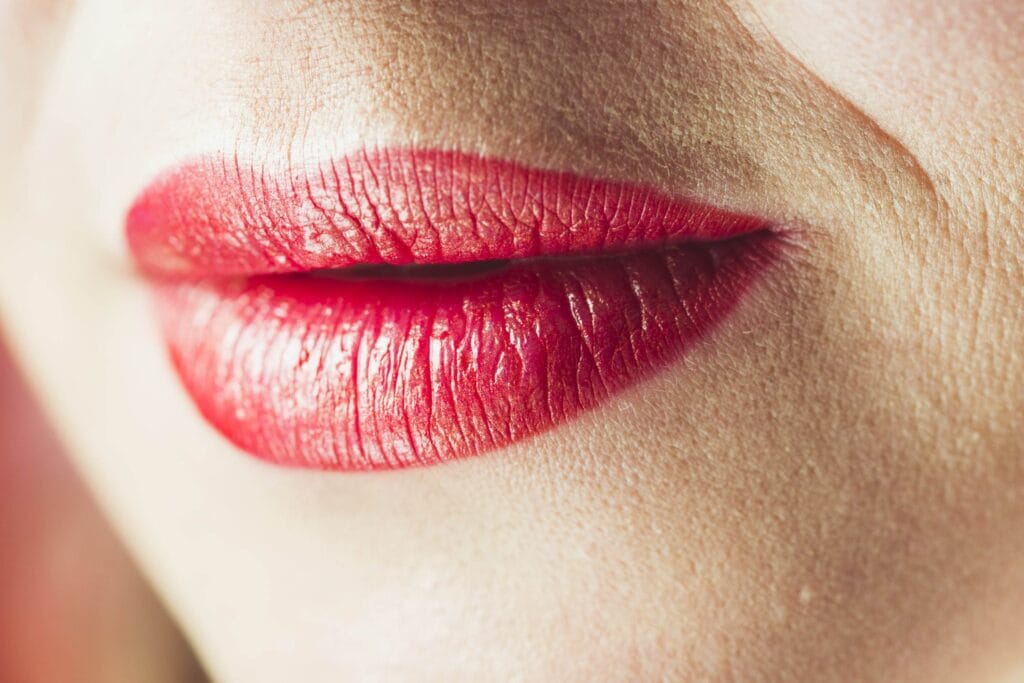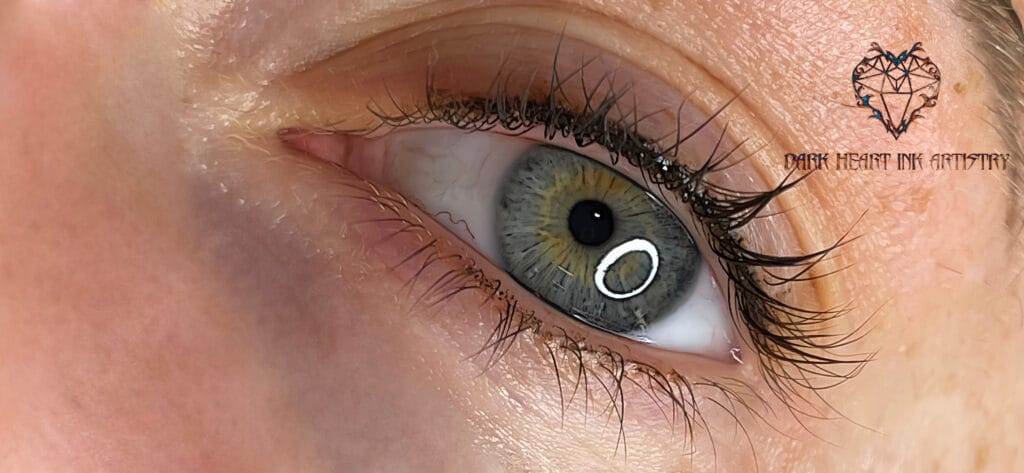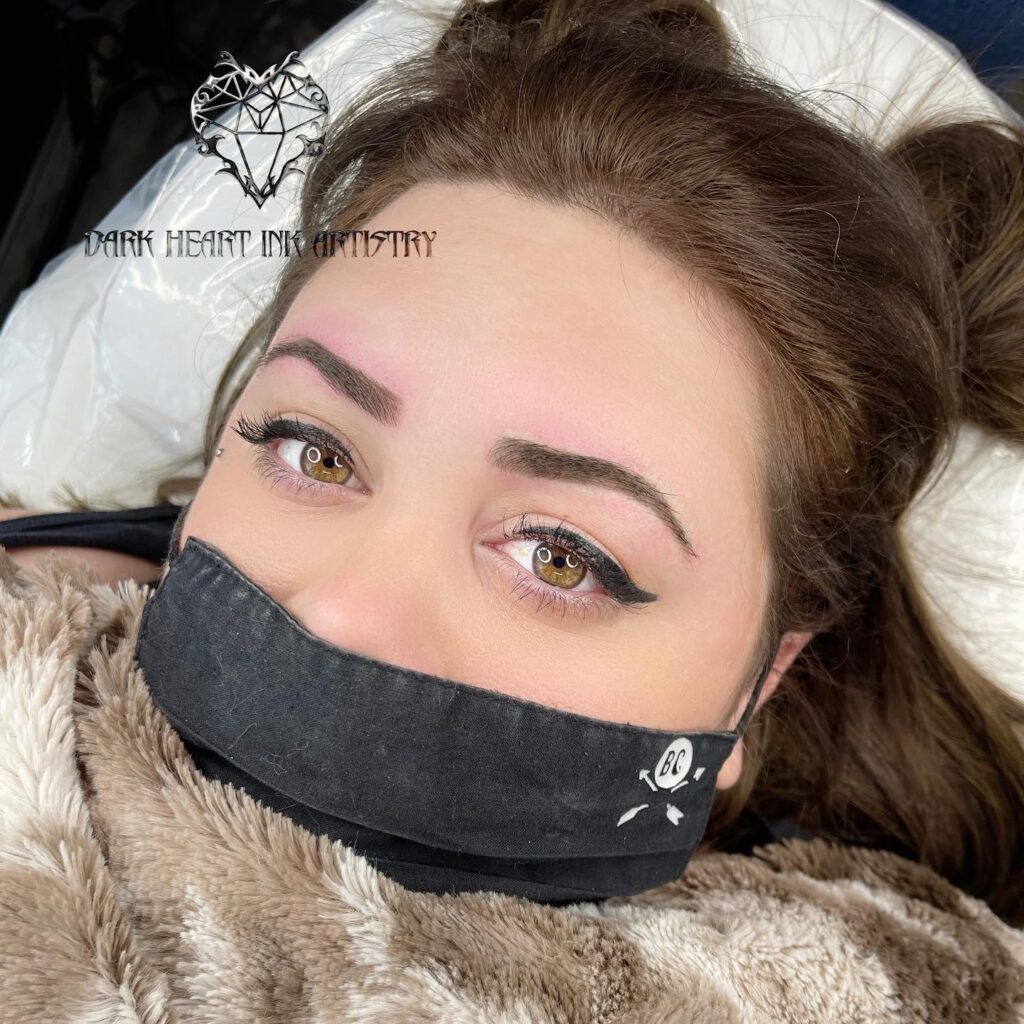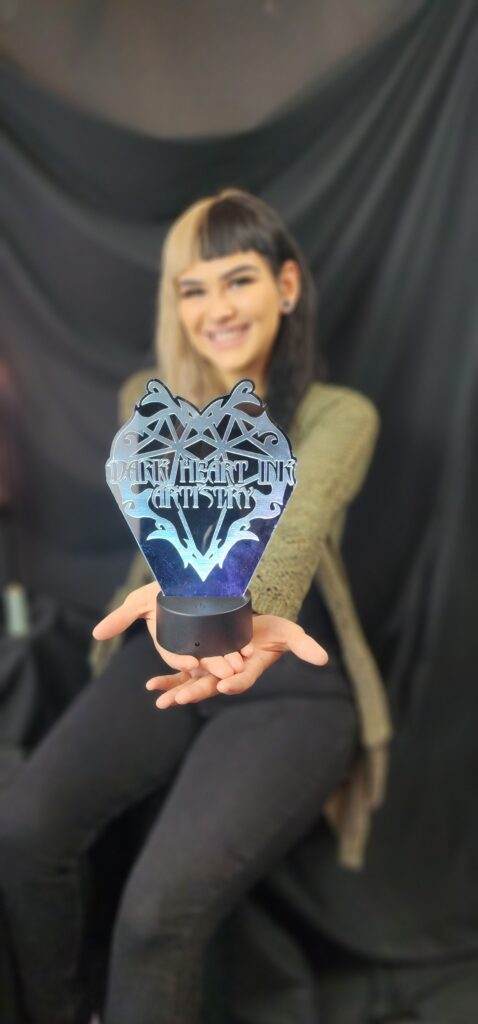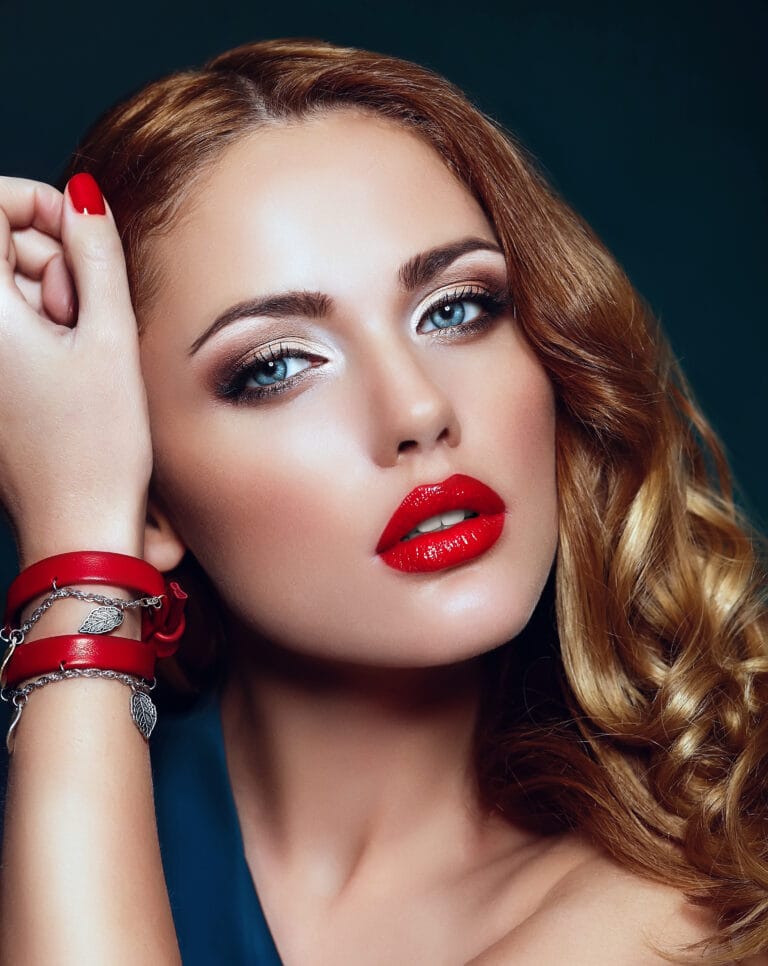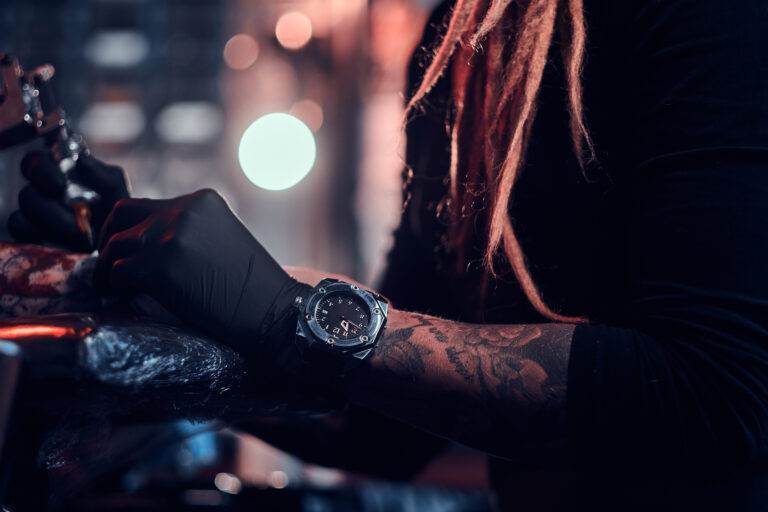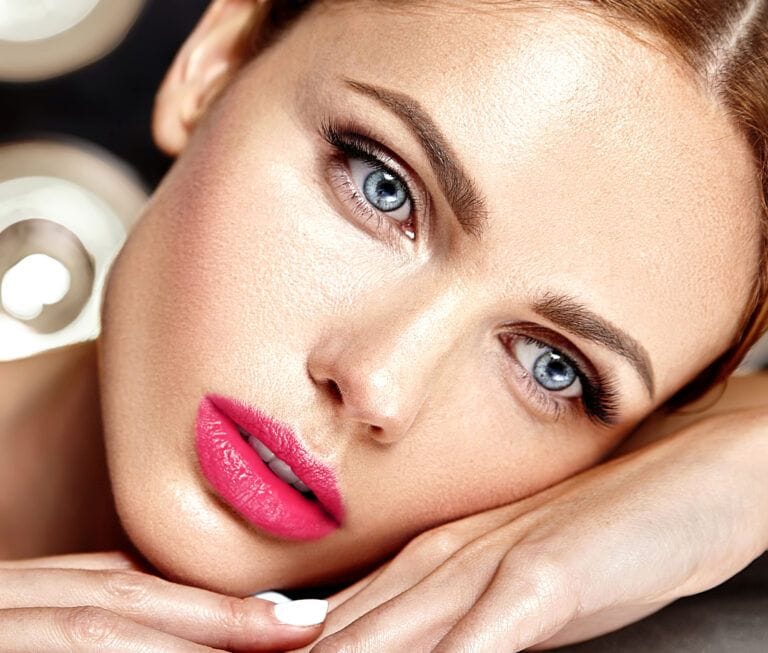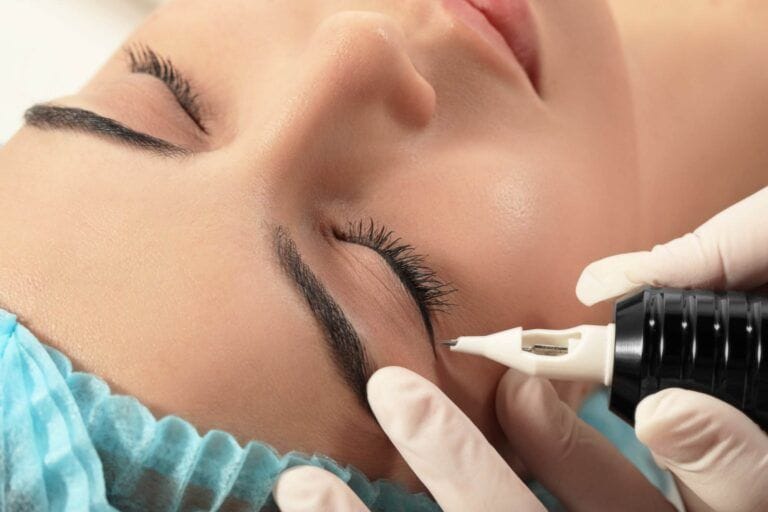Permanent makeup, often referred to as micropigmentation, is a cosmetic technique that involves the application of pigments to the skin to enhance facial features. This innovative procedure mimics the appearance of traditional makeup, providing a long-lasting solution for those who desire a polished look without the daily hassle of applying makeup. The process typically involves the use of a specialized tattoo machine or hand-held tool to deposit pigment into the dermal layer of the skin.
The results can range from subtle enhancements to more dramatic effects, depending on individual preferences and the skill of the artist. The procedure begins with a thorough consultation, where I assess the client’s needs and discuss their desired outcomes. I take into account factors such as skin type, facial structure, and personal style.
After determining the best approach, I prepare the skin by cleansing and numbing the area to ensure comfort during the application. Once the skin is ready, I carefully apply the pigment using precise techniques to achieve a natural and flattering look. The entire process can take anywhere from one to three hours, depending on the complexity of the desired results.
Key Takeaways
- Permanent makeup is a cosmetic technique that uses tattoos to create designs that resemble makeup, such as eyeliner, lip liner, and eyebrows.
- The benefits of permanent makeup include saving time on daily makeup application, maintaining a consistent look, and covering up scars or imperfections.
- Different types of permanent makeup include microblading for eyebrows, lip blushing for lips, and permanent eyeliner for the eyes.
- Before getting permanent makeup, consider factors such as the artist’s experience, the desired look, and potential allergic reactions to the pigments used.
- Permanent makeup can last anywhere from 1 to 5 years, depending on factors such as skin type, sun exposure, and aftercare.
What are the benefits of permanent makeup?
One of the most significant benefits of permanent makeup is the time it saves in daily routines. For individuals with busy lifestyles or those who struggle with applying makeup due to physical limitations, permanent makeup offers a convenient solution. I find that many clients appreciate waking up each day with their makeup already in place, allowing them to focus on other aspects of their lives without the added pressure of getting ready.
Additionally, permanent makeup can enhance one’s self-confidence. Many clients report feeling more attractive and put-together after undergoing the procedure. This boost in self-esteem can have a positive impact on various areas of life, from personal relationships to professional interactions.
Furthermore, permanent makeup can be particularly beneficial for individuals with allergies to traditional cosmetics or those who experience difficulty with makeup application due to conditions such as arthritis or vision impairments.
What are the different types of permanent makeup available?
There are several types of permanent makeup procedures available, each designed to enhance specific features. One of the most popular options is eyebrow tattooing, which can create fuller, more defined brows. Techniques such as microblading or ombre shading allow for a natural appearance that complements individual facial features.
I often work with clients to determine which technique will best suit their desired look. Another common procedure is eyeliner tattooing, which can define the eyes and eliminate the need for daily eyeliner application. This technique can range from a subtle lash enhancement to a more pronounced eyeliner look, depending on personal preference.
Additionally, lip tinting or lip blush procedures can enhance the natural color and shape of the lips, providing a youthful and vibrant appearance. Each type of permanent makeup offers unique benefits and can be tailored to meet individual needs.
What should I consider before getting permanent makeup?
Before deciding to undergo permanent makeup, there are several important factors to consider. First and foremost, it is essential to have realistic expectations about the results. While permanent makeup can enhance features significantly, it is not a substitute for traditional makeup in all situations.
Understanding that touch-ups may be necessary over time is also crucial for maintaining the desired look. Another consideration is skin type and sensitivity. Some individuals may have skin conditions or sensitivities that could affect the healing process or the longevity of the pigment.
I always recommend consulting with a qualified professional to discuss any concerns and ensure that permanent makeup is a suitable option. Additionally, it’s important to consider lifestyle factors such as sun exposure and skincare routines, as these can impact how well the pigment holds up over time.
How long does permanent makeup last?
The longevity of permanent makeup varies based on several factors, including skin type, lifestyle, and aftercare practices. Generally speaking, most procedures can last anywhere from one to five years before requiring a touch-up. For instance, eyebrow tattoos may fade more quickly in individuals with oily skin or those who frequently expose their skin to sunlight without protection.
I always advise clients to follow proper aftercare instructions to prolong the life of their permanent makeup. This includes avoiding excessive sun exposure, using sunscreen on treated areas, and following a gentle skincare routine. Regular touch-ups can also help maintain vibrancy and ensure that the results remain fresh and appealing over time.
What is the process of getting permanent makeup?
Initial Consultation
The journey to achieving permanent makeup begins with an initial consultation, where I discuss the client’s goals and preferences. During this meeting, I assess their facial features and skin type to determine the best approach for achieving their desired look. Once we agree on a plan, I schedule an appointment for the actual procedure.
The Procedure
On the day of the procedure, I start by cleansing the area and applying a topical anesthetic to minimize discomfort. After allowing time for the numbing agent to take effect, I carefully apply the pigment using precise techniques tailored to each specific area—whether it be eyebrows, eyeliner, or lips. The entire process usually takes between one to three hours, depending on the complexity of the work being done.
Aftercare and Results
After the procedure, I provide detailed aftercare instructions to ensure proper healing and optimal results. This is a crucial step in achieving the desired outcome and maintaining the longevity of the permanent makeup.
What are the potential risks and side effects of permanent makeup?
As with any cosmetic procedure, there are potential risks and side effects associated with permanent makeup. Some individuals may experience allergic reactions to pigments or topical anesthetics used during the procedure. It’s essential for clients to disclose any allergies or sensitivities during the consultation phase so that appropriate precautions can be taken.
Other common side effects may include swelling, redness, or tenderness in the treated areas immediately following the procedure. These symptoms typically subside within a few days as the skin heals. However, it’s crucial for clients to follow aftercare instructions closely to minimize any risks of infection or complications during recovery.
I always emphasize open communication with clients regarding any concerns they may have before and after their procedures.
How do I choose the right permanent makeup artist?
Choosing the right permanent makeup artist is a critical step in ensuring a successful outcome. I recommend starting by researching artists in your area and reviewing their portfolios to assess their work quality and style. Look for artists who specialize in techniques that align with your desired results—whether that be microblading for eyebrows or lip tinting.
Additionally, it’s important to check for proper certifications and training in permanent makeup application. A qualified artist should have completed comprehensive training programs and adhere to safety standards in their practice. Reading client reviews and testimonials can also provide valuable insight into an artist’s professionalism and skill level.
Ultimately, finding an artist whose style resonates with you and who prioritizes client safety will lead to a more satisfying experience and outcome in your permanent makeup journey.
FAQs
1. What is permanent makeup?
Permanent makeup, also known as micropigmentation, is a cosmetic technique that uses tattoos to create designs that resemble makeup, such as eyeliner, lip liner, and eyebrows. It is a form of cosmetic tattooing that can enhance facial features and save time on daily makeup application.
2. Is permanent makeup safe?
When performed by a trained and experienced professional using sterile equipment and following proper hygiene protocols, permanent makeup is generally considered safe. It is important to research and choose a reputable and licensed technician to minimize the risk of complications.
3. How long does permanent makeup last?
The longevity of permanent makeup can vary depending on factors such as the individual’s skin type, sun exposure, and lifestyle. On average, it can last anywhere from 1 to 5 years before requiring a touch-up or color refreshment.
4. Does permanent makeup hurt?
The level of discomfort experienced during a permanent makeup procedure can vary from person to person. While some individuals may feel minimal discomfort, others may experience more sensitivity. Topical anesthetics are often used to minimize any potential discomfort during the procedure.
5. What is the recovery process like for permanent makeup?
After getting permanent makeup, there may be some initial redness and swelling, but these side effects typically subside within a few days. It is important to follow the aftercare instructions provided by the technician to ensure proper healing and long-lasting results.
6. Can I still wear traditional makeup with permanent makeup?
Yes, you can still wear traditional makeup over your permanent makeup if desired. However, one of the benefits of permanent makeup is that it can reduce the need for daily makeup application, especially for features such as eyebrows and eyeliner.
7. What are the potential risks and side effects of permanent makeup?
While permanent makeup is generally safe, there are potential risks and side effects, such as allergic reactions, infection, and dissatisfaction with the results. Choosing a qualified and experienced technician can help minimize these risks.
8. How do I choose the right permanent makeup technician?
When choosing a permanent makeup technician, it is important to research their qualifications, experience, and portfolio of previous work. Additionally, reading reviews and scheduling a consultation can help you determine if they are the right fit for your needs.
9. What factors can affect the cost of permanent makeup?
The cost of permanent makeup can vary based on factors such as the technician’s experience, the complexity of the procedure, the location, and the type of permanent makeup being performed. It is important to discuss pricing and any potential additional costs during the consultation.
10. What should I expect during a permanent makeup consultation?
During a permanent makeup consultation, the technician will assess your skin, discuss your desired outcome, explain the procedure, and answer any questions you may have. It is an opportunity to address any concerns and ensure that you have a clear understanding of the process before moving forward.

